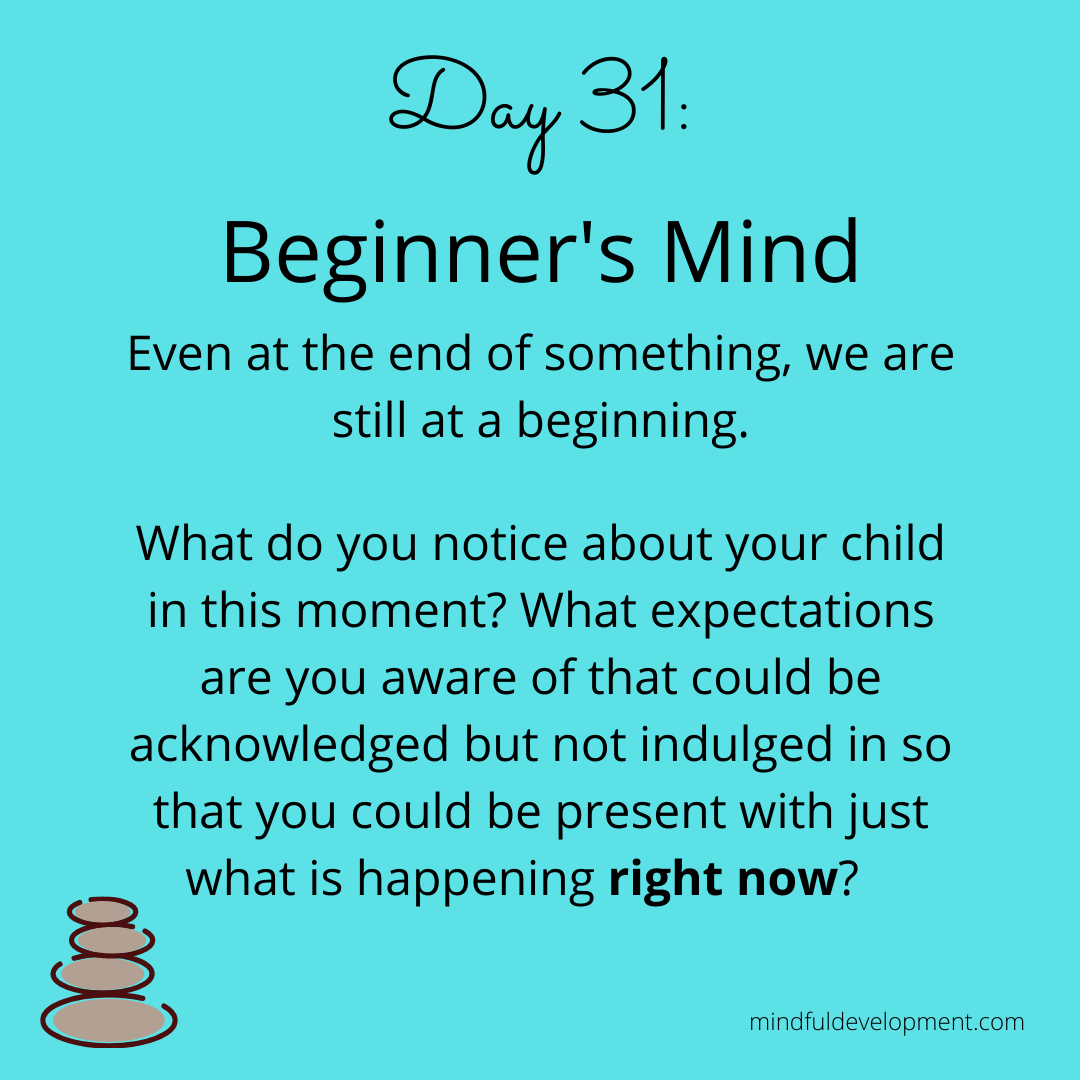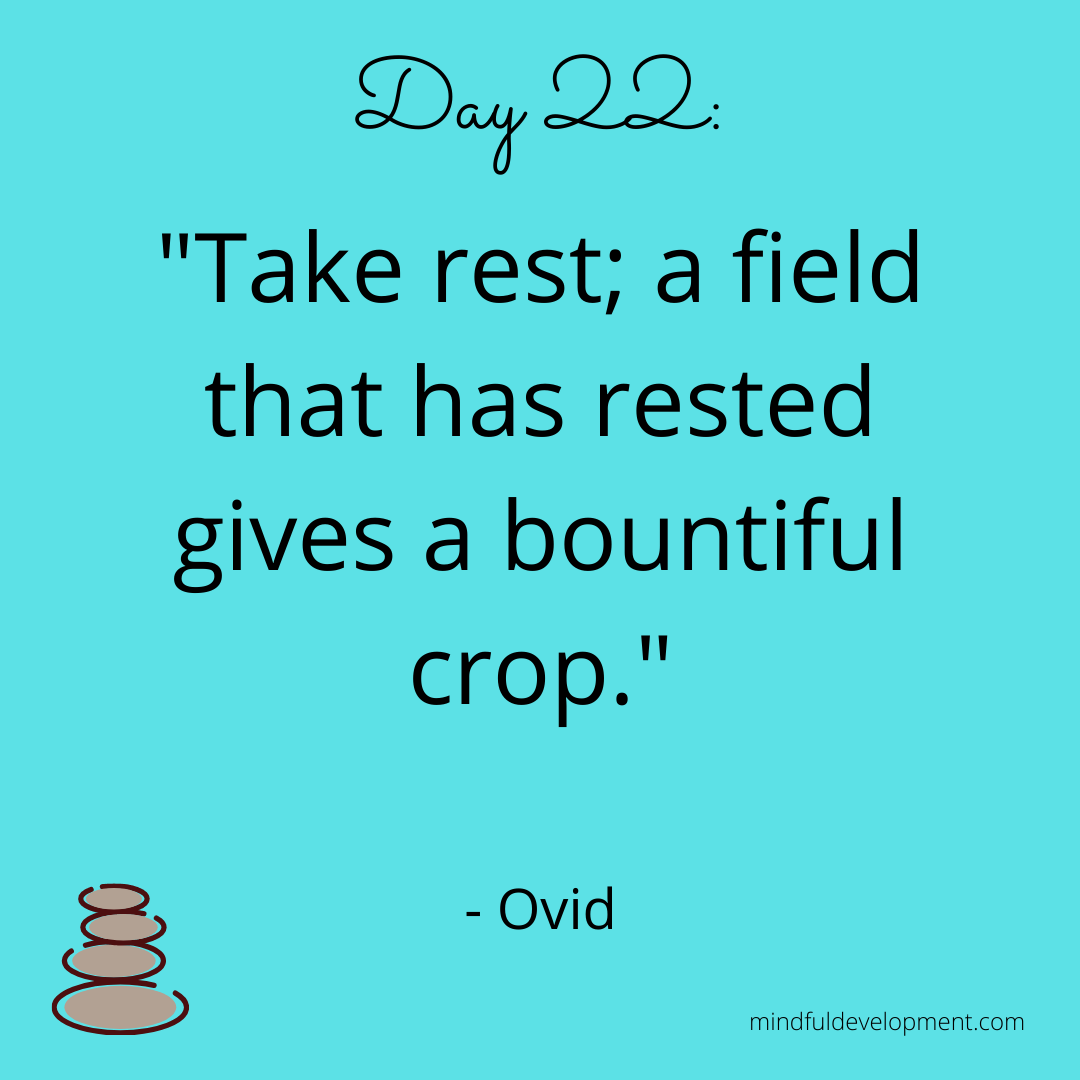Balance is a verb, not a destination
In the world of adult self-improvement, a lot is written about balance. There is the most common type of “how to achieve a work/life balance.” Also popular, especially in the world of parenting are, “how to balance your own needs vs. the needs of others” and “don’t sacrifice your own care in order to care for others.” The oxygen mask analogy - that of put your own oxygen mask on before your child’s - is a good example of the latter. It is easy for us to intellectually place our professional responsibilities and personal responsibilities and desires on two ends of a spectrum and throughout our days (and throughout our lives) inspecting the scale to see which side is weighing heavier. However, constantly inspecting each side of the scale inevitably creates, or at the very least, increases stress. It implies that there is a goal to balance - a state of being in which both needs are equally met at exactly the same time and that such a state of being can last (and should last) forever. You may find yourself equally balanced a few times here and there but if that is always the goal, you will miss out on being present at work, or with friends, or with your children, believing that you should be balancing out the other side of the scale. This is a perpetual and elusive quest.
What I believe we are looking for is a desire to feel present, whole and connected to the activity in which we are engaged. The moment we start to feel discomfort, unease, doubt (basically any “bad” feeling) while we are doing activity A, we suspect that going in direction Z (the opposite side of the scale) is the remedy, or perhaps even the cure. Thus, perpetually the grass is greener on the other side. In parenting, it may be that we are playing a game with our kids and we get bored (it does happen) and soon we are thinking that going back to work full time may be the answer after all. Or, while we are sitting at work (it might be upstairs or downstairs in the current COVID-19 times) we see a family walk by - young child on mom’s shoulders, grinning from ear-to-ear - and we instantly regret the decision we made 6 months ago to return to work. Our minds may then go down a path of exploring other options - maybe I just need to find a part-time job or, maybe I need to take a day off with my kids. That’s it! I just need to improve my work/life balance! While these options may be worthwhile to consider and explore, we skip important steps in between. What if when we get bored with our kids playing a game, we acknowledge to ourselves that we feel boredom. Hello, boredom. Then we just sit with feeling bored (and maybe move your pawn 5 spaces). We may even reassure ourselves that in all likelihood, the feeling of being bored won’t last forever and no one has actually ever died of boredom. And continue to note thoughts about fixing the situation as they arise (yes, this is mindfulness) by perhaps just saying, “noted” to yourself. And maybe offering a “thank you” to the thought as it comes but not needing to buy it - kind of like a door-to-door salesperson. This is the act of balancing.
When we view balance as a verb, we begin to recognize that there are times when work, and work alone, takes precedence. The fear that presents itself is that if we prioritize work, then we are undervaluing family. What if that were not true? What if we allowed ourselves to see the idea of balancing more broadly as a continuous flow of giving and taking according to the needs of the moment? After all, the joy of riding a seesaw is going up and down, up and down. Certainly, it requires us to pay more attention our own internal needs, the needs of the moment and the needs of others around us arriving at a decision based in the present moment. But in the long run, it leaves us feeling less exhausted from the striving toward the goal of balance and living the balancing.
Related resources:
Article by John Thiel about an interview with Ellen Langer talking about work/life integration.

















